Tuscia is an area with a very ancient history in the heart ofcentral Italy. Tuscia now encompasses roughly the entire province of Viterbo andupper Lazio and preserves within it true natural and artistic treasures. To discover Tuscia is to discover the very history of Italy and to go and unveil its roots. Tuscia is the ancient land of the Etruscans, whose traces are still clearly visible in the many archaeological sites that dot its territory, but because of its strategic location, on the Tyrrhenian coast and a stone’s throw from Rome, it has been for centuries an important crossroads that has seen the passage of princes and kings, aristocrats and generals, and with them great artists and architects who have bequeathed authentic masterpieces. From the evocative historic centers of villages and towns with a history spanning thousands of years, to the villas and aristocratic palaces and more museums, parks and so much more, Tuscia is a corner of Italy to be discovered at a slow pace, getting lost among its thousands of beauties. Here are 10 must-see stops on your journey to discover Tuscia.
Just as a marvelous sculpture soars from its pedestal to be admired in all its beauty, so Civita di Bagnoregio rises on a spur of tufa rock in the center of the Calanchi valley. Civita di Bagnoregio, on the other hand, is also known as “the dying town” precisely because that same spur has always fought an unequal battle with erosion, which, in the past at least, threatened to erase the town forever. Today, Civita di Bagnoregio is one of the most visited places in this corner of Italy with thousands of tourists each year who are enraptured by its many picturesque corners. To reach the historic center one has to cross on foot a long bridge suspended in the middle of the valley, at the end of which an exceptional spectacle opens to the eyes with the village, with a medieval layout, that hides clearly visible traces of its very ancient past that reach back to the Etruscan era.
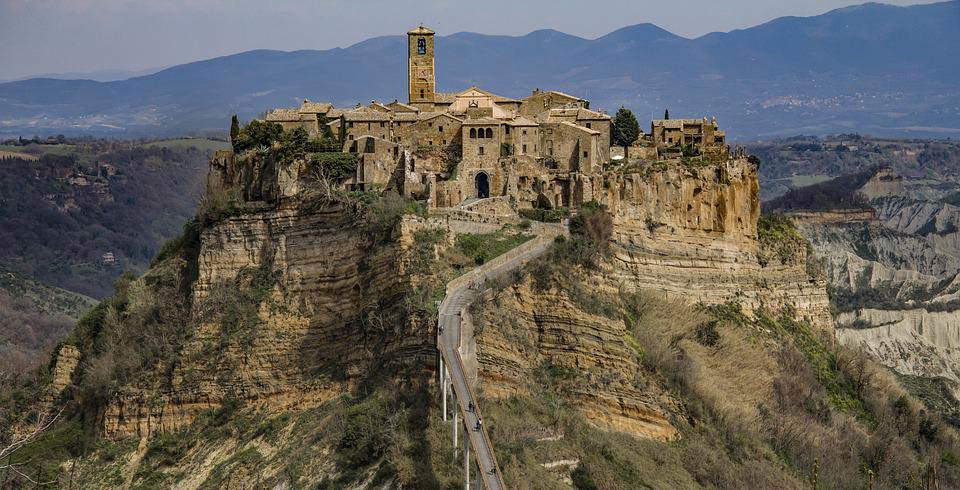
Villa Lante is located in Bagnaia, just outside Viterbo, and is famous for its magnificent 16th-century garden, which in the past also earned it the title of “Italy’s most beautiful park.” Sculptures, fountains and then plants, flowers and hedges tell the best of an entire era by uniquely sublimating its taste and sensibility. Behind the design of Villa Lante in Bagnaia is believed to be Jacopo Barozzi da Vignola, while its construction began in 1511, but was completed around 1566 on a commission from Cardinal Gianfrancesco Gambara. Instead, the villa owes its name to Ippolito Lante Montefeltro della Rovere, duke of Bomarzo, who purchased it in the 17th century.
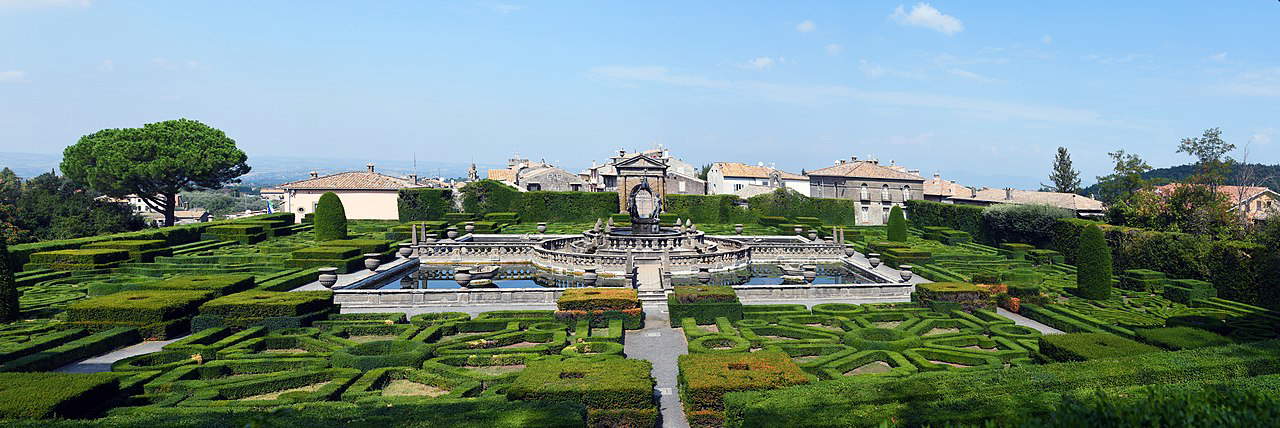
Also known as the Sacred Wood, the Monster Park is an absolute masterpiece of Mannerism. The Monster Park is famous for the presence of numerous grotesque sculptures scattered in a surreal landscape. The Monster Park is considered the oldest sculpture park in the modern world and was built at the behest of Pier Francesco Orsini, known as Vicino, beginning in the mid-16th century. An ogre, a lion, a fury and then again a dragon, a Cerberus, a large tortoise and gradually other animals, mythological figures, fountains and buildings with unusual architecture are the distinguishing feature of this unique park in the world, the secrets of which no one has yet managed to reveal after centuries.
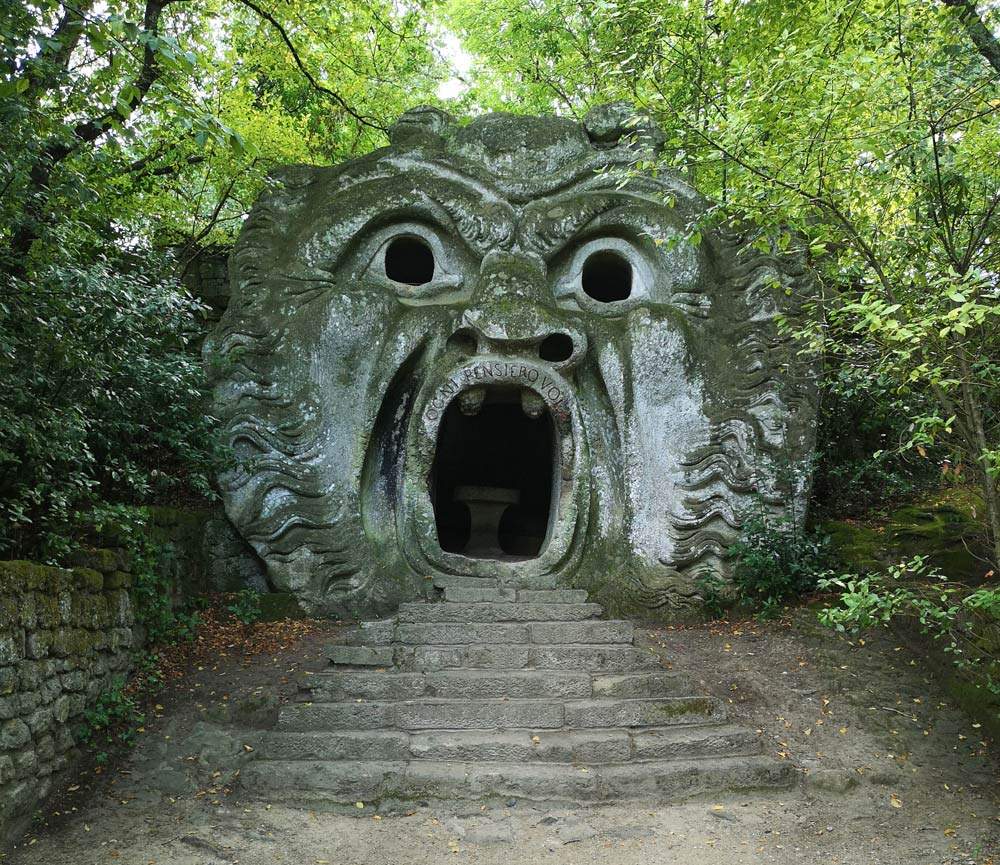
A three-thousand-year history makes Tarquinia a must for anyone who wants to discover the beauty of central Italy. Tarquinia was the ancient capital of Etruria and today still preserves a wonderful necropolis famous for its painted tombs. However, this represents only one of the many must-see places to visit in Tarquinia, among which the extraordinary archaeological museum of Palazzo Vitelleschi with its Winged Horses undoubtedly stands out, and then again the archaeological areas facing the sea of Gravisca and Porto Clementino without forgetting the Civita, the innermost plateau parallel to the Necropolis where the remains of the sanctuary of the Ara della Regina are located.

Tuscania is one of the symbols of Tuscia, a small village that looks like something out of a storybook. Surrounded by wonderful lavender fields that, when in bloom, make the landscape even more unique, Tuscania is a splendid example of a medieval town that preserves behind its massive walls a history full of myths and legends. Among churches, ancient fountains and aristocratic palaces, Tuscania is an authentic jewel that still jealously preserves the traces of its ancient past. Also not to be missed is a visit up to the Abbey of San Giusto, just outside the town in the valley of the Marta River, but the many farms that produce lavender and helichrysum essential oils are also worth a visit.
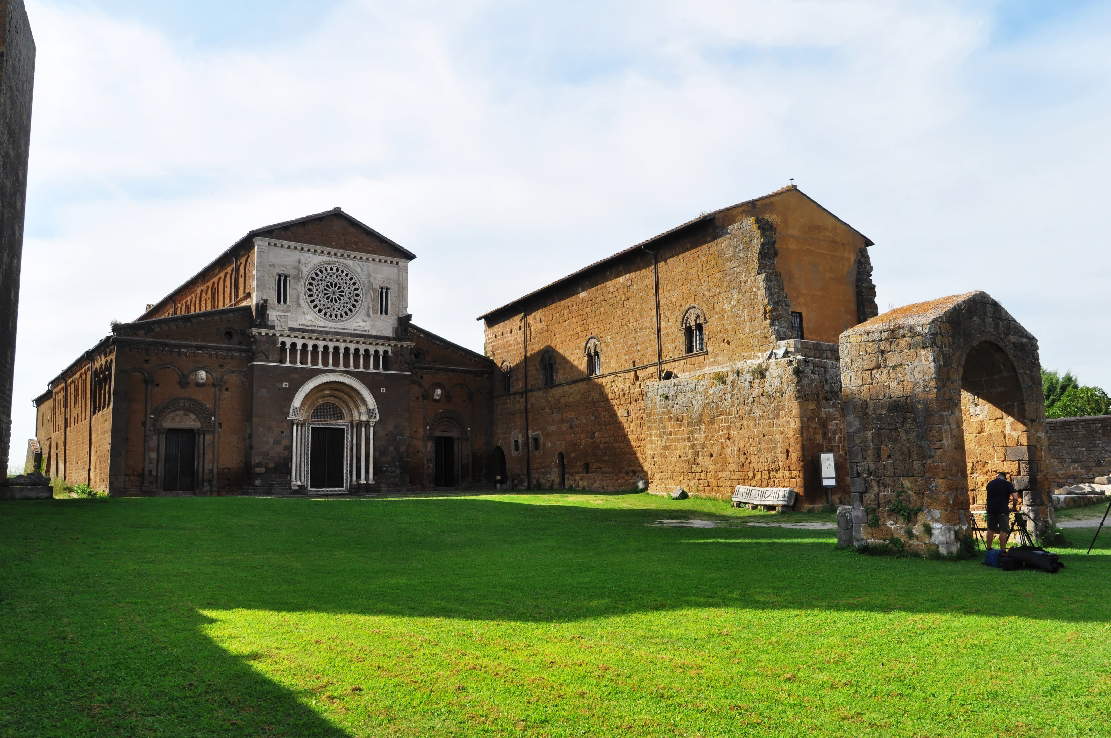
The Farnese Palace in Caprarola is considered one of the best examples of a Renaissance mansion. Dating back to the 16th century, it was initially conceived as a fortified mansion, the pentagonal plan of which it preserves, but was soon transformed into an imposing residence for Cardinal Alexander the Younger and his court. Thus it was, for example, that the corner bastions were transformed into large terraces open to the surrounding countryside, while a two-story circular courtyard was built in the center of the residence. Inside are masterpieces by the greatest artists and architects of the time. Then attached to the villa are the Farnese Gardens, a splendid example of a late Renaissance garden, created through a system of terraces behind the palace.

Clear waters and enchanted woods, a millennial hub for pilgrims and a place of deep spirituality. Acquapendente is more than just a stop along the ancient Via Francigena. Also known as the “Green Jerusalem,” Acquapendente preserves in the Romanesque crypt of the cathedral the Sacellum of the Holy Sepulcher, which, according to tradition since the early Middle Ages, has preserved the relics of stones stained with the blood of Christ. Acquapendente, however, is also a magical place where you can get away from the hustle and bustle of everyday life and immerse yourself in a landscape where nature is the master. The Bosco del Sasseto, a forest that has been home to centuries-old trees with twisted branches, as well as the Monte Rufeno nature reserve are spectacles not to be missed.

The center and capital of all Tuscia, Viterbo is surely the most resplendent pearl of this entire area. Viterbo has one of the largest medieval historic centers in Europe, and discovering it all is equivalent to taking an authentic journey back in time. Of Etruscan origin, Viterbo has always been a rich and powerful city, the fulcrum of the economic and social life of the entire region, so much so that it even earned the nickname ’city of the popes. Today the traces of this important past can be read everywhere in Viterbo, but to begin your visit the obligatory starting point is only one: the thirteenth-century Palace of the Popes. This is where the pontiffs took refuge when they wanted to escape the turmoil of Rome, and outside and inside it still preserves authentic masterpieces. Impossible then to skip a visit to the Cathedral of San Lorenzo and then again the civic museum, the San Pellegrino district, the many churches and stately homes.

A piece of Rome in the heart of Tuscia. Vitorchiano is a small and charming village in the province of Viterbo that has for almost eight centuries linked its own events to those of the Urbe. Important for its strategic position, Vitorchiano in the 13th century was at the center of long disputes between Viterbo and Rome that were resolved when the inhabitants of the village swore allegiance to the latter, which earned it not only important tax exemptions but also the privilege of supplying the men of the Capitoline guard. Today, a visit to Vitorchiano is equivalent to a full immersion in the atmosphere of the past that starts with the thirteenth-century castle walls and then continues with the splendid fountain in Fuso and then the marvelous sixteenth-century Town Hall.
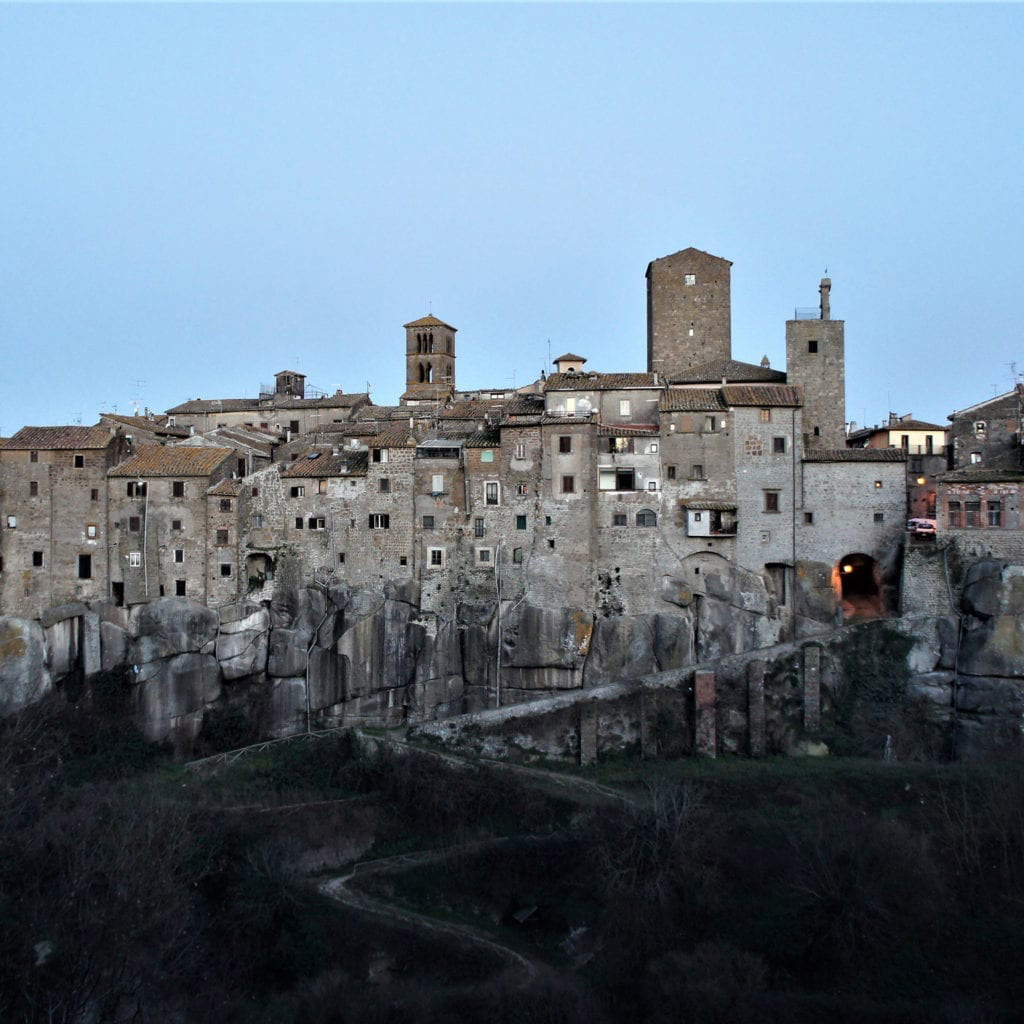
The wonders of the Necropolis of Monterozzi, in Tarquinia, are world-famous. Its most precious jewel is surely its extraordinary series of painted tombs. The burial chambers, feature fresco-decorated walls where scenes of a magical and religious nature were painted using intense and vivid colors in order to revive the deceased’s earthly life and make their loved ones forget the pain of their loss. Part of the paintings, detached from some of the tombs, are kept in the National Etruscan Museum in Tarquinia. In the sector of the necropolis currently open to the public, it is possible to admire some of the most famous painted hypogea, such as the tombs of the Lionesses, the Leopards, the Hunting and Fishing and the Jugglers.
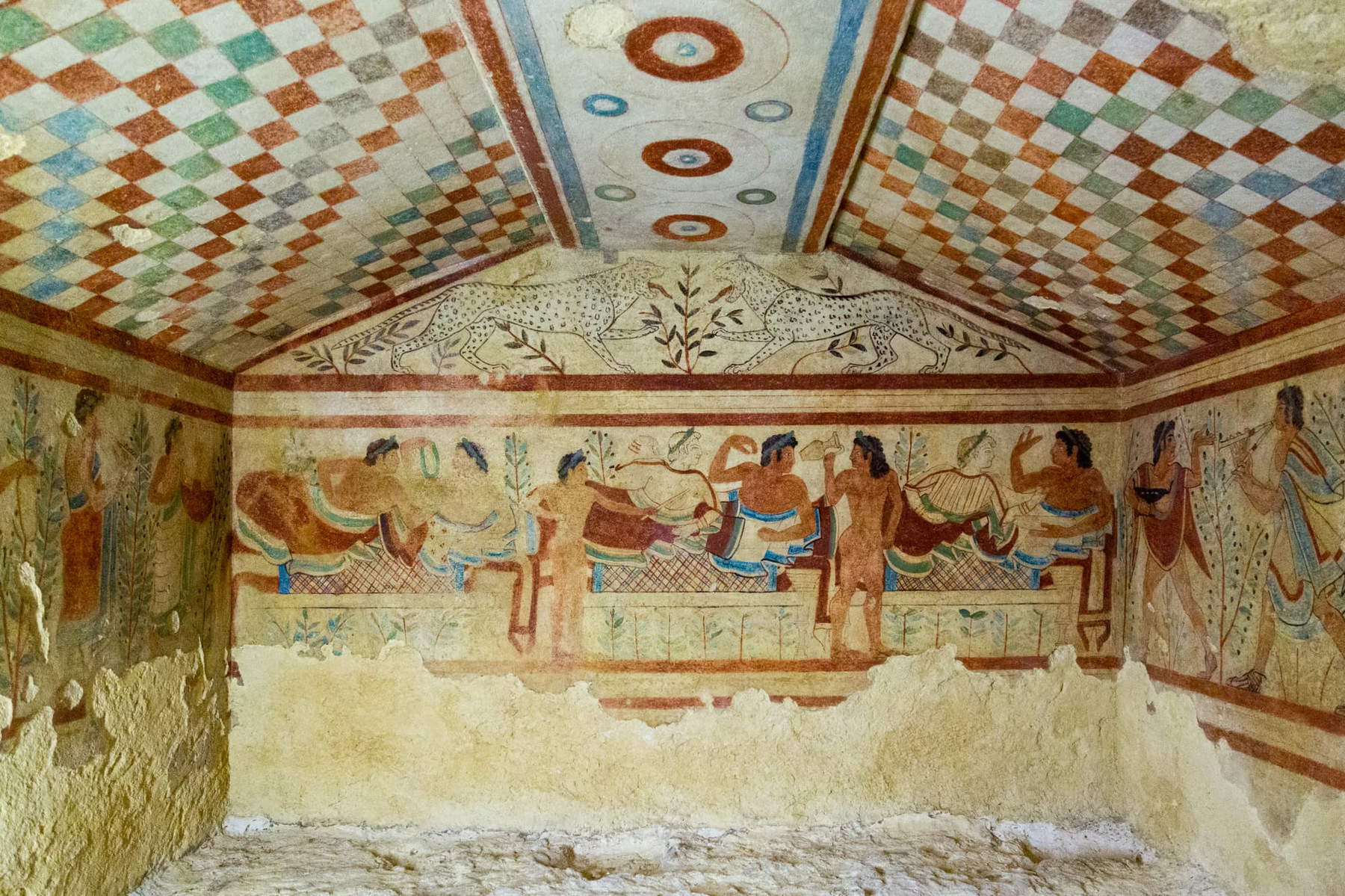
 |
| Tuscia, what to see: journey in 10 must-see stops |
Warning: the translation into English of the original Italian article was created using automatic tools. We undertake to review all articles, but we do not guarantee the total absence of inaccuracies in the translation due to the program. You can find the original by clicking on the ITA button. If you find any mistake,please contact us.